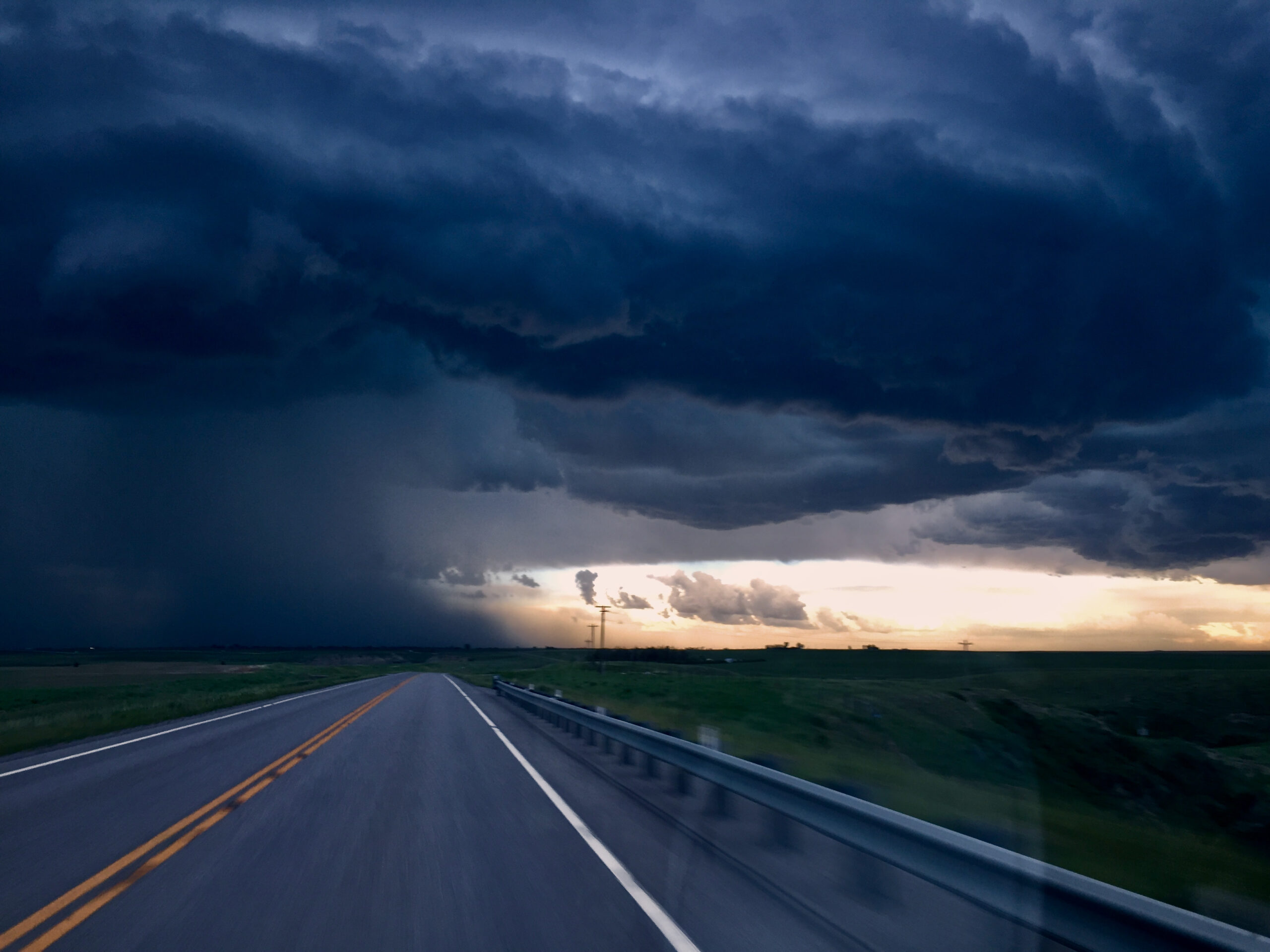If you have ever purchased an item at Target or Wal-Mart, taken it home, and then literally wrestled it to the floor trying to free it from its packaging, then this bit of news is for you.
Reuters reports a growing demand in the United States for smaller and greener packaging. Hopefully, this trend will also translate into making it easier to open. While some consumers are pleased that bio-based packing products such as PaperFoam, made from starches by International Paper, are showing up more frequently, the real engine for change is simply profits. Also proving to be a powerful incentive is the looming possibility of legislation that will regulate packaging.
Wal-Mart, the world’s largest retailer, is ahead of the curve on this one. Last year, it announced a planned reduction of 5 percent in packaging by 2013. If this is accomplished, it will save the giant retailer $3.4 billion.
It works like this: Less packaging means more of the product can fit in a single shipping container. When the container is unloaded onto a truck, that too holds more products and, thus, less fuel and energy is expended to transport more items to the stores. Once at the store, more of the product can fit on the shelf, thus reducing the time workers spend restocking.
As for eco-friendly packaging—it has been a bit slower to develop. When bio-based plastics are priced competitively with their hydro-carbon based brethren, then another revolution in packaging may rock the marketplace. And no additional regulations will be needed—consumers will lead the way.



